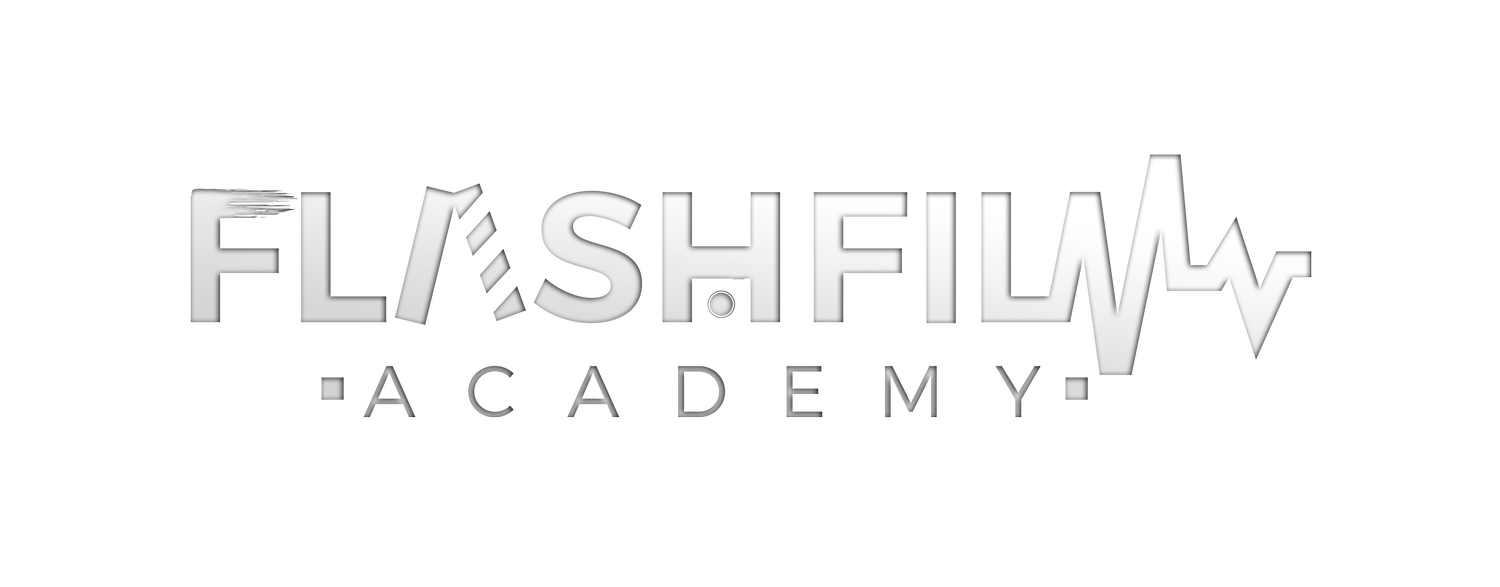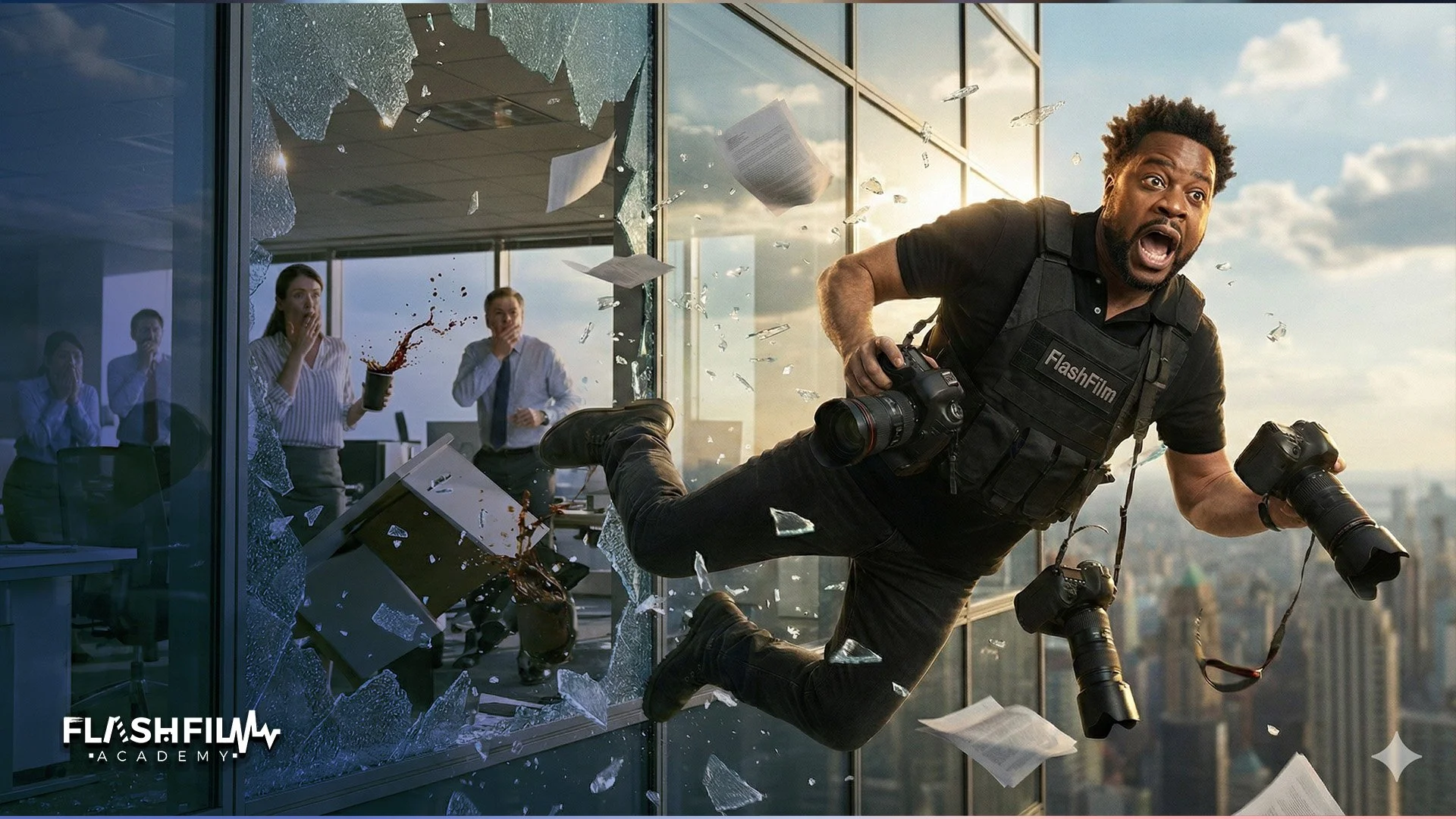Elevating Your Corporate Event Photography: Key Qualities and Practices
In an age where digital storytelling captures every essence of a brand, corporate event photography holds immense power. It goes beyond simple snapshots to narrating the minute details that define an event's success. Whether you're a budding photographer or a seasoned professional, understanding the essential qualities and techniques that set great corporate event photographers apart is crucial. This article delves into everything from preparation and storytelling to composition and client interaction, offering a comprehensive guide to refining your skills.
Introduction to the Essential Skills for Corporate Event Photography
Corporate event photography is an art that requires not only technical expertise but also a knack for capturing the spirit of an occasion. One of the foundational practices is professionalism and preparation. Arriving 15 to 30 minutes early to an event allows photographers to solve logistical challenges, such as finding parking and optimal equipment placement. This time also provides an opportunity to observe the venue in its natural state and capture essential context shots that enhance the storytelling component of photography.
The Power of Storytelling: Capturing the Event's Narrative
Storytelling in photography transcends the mere clicking of a shutter button to include a deep understanding of the event's narrative. Great corporate photographers excel at capturing interactions, facial expressions, and emotions that convey the event's essence. It's a skill akin to journalistic storytelling, where timing and composition play crucial roles. Capturing these decisive moments can make or break the impact of an image, differentiating between a mere snapshot and a compelling narrative.
Mastering Composition for Professional-Looking Photos
Composition is pivotal in creating captivating corporate event photographs. Poor composition—such as awkwardly cropped limbs or off-center shots—detracts from an image's professionalism. Photographers are encouraged to shoot in layers, varying angles while remaining unobtrusive within the event. This strategy fosters candid, natural images that clients value. When storytellers harness good composition and narrative skills, they become distinctive in the competitive photographic landscape.
Choosing the Right Gear for Versatile Event Coverage
The choice of camera gear significantly impacts coverage versatility during events. A 70-200mm lens, paired with a wide-angle lens like 24-70mm, is considered essential. These lenses offer flexibility in capturing different aspects of an event efficiently. When full-frame cameras are unavailable, ultra-wide lenses such as a 16mm can capture large group shots and ambient scenes. The right equipment enables photographers to adapt seamlessly to changing scenarios, ensuring a comprehensive visual documentation.
Lighting Techniques: Utilizing Natural Light for Optimal Shots
Mastering natural light is a crucial skill for creating dynamic and vibrant photographs. Positioning yourself to have the light source behind you ensures that subjects' faces are well-lit and expressions are clear. Don't shy away from shooting from unusual angles or locations, like behind a bar, to catch interesting, candid moments. Burst mode shooting is advised for dynamic scenes, maximizing the chance of capturing perfect expressions and reducing the likelihood of missed moments.
Enhancing Professionalism Through Client Interaction
Client interaction is a cornerstone of successful corporate event photography. Checking in with clients toward the event's end to ask for any additional shots showcases professionalism and a commitment to client satisfaction, often leading to repeat business. Understanding their preferences for candid versus posed shots helps tailor the photographer's approach. By focusing on flattering, positive images, the photographer reinforces the client's brand image and ensures that expectations are not just met but exceeded.


